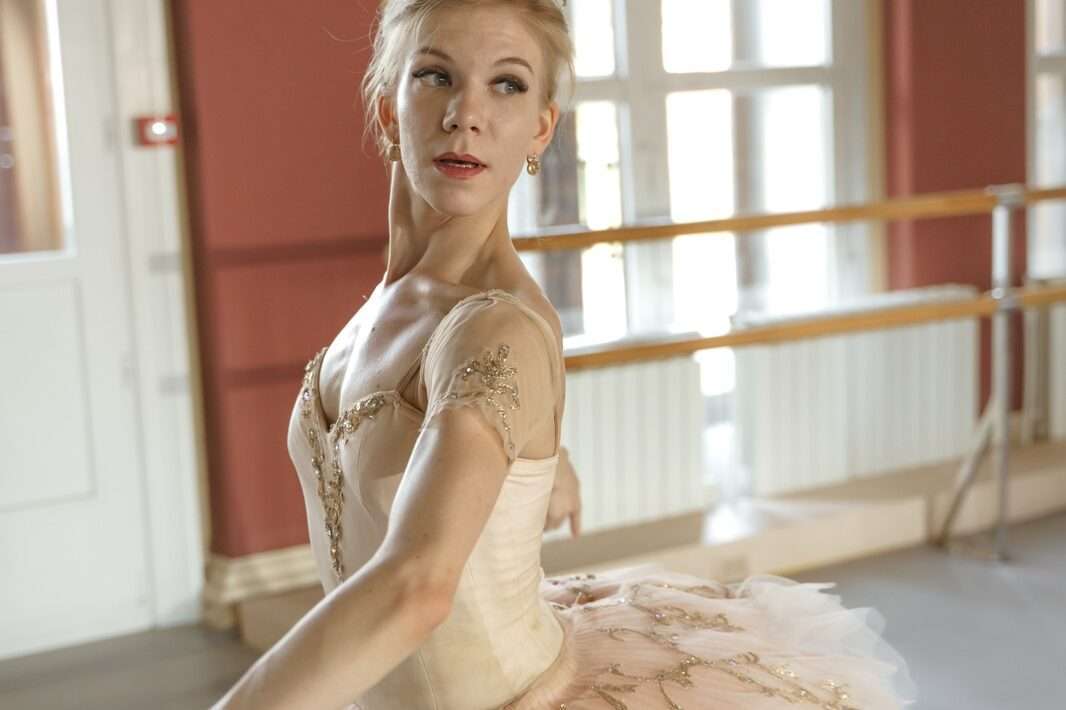The methods used in the pack are very simple. They are mostly not difficult and not dangerous. They are, though, harder work for those running them and those participating. They will be for some people a change from what they are used to. (For a description of people’s varying reactions to change, see the exercise Change). The following ten symbols explain something about the methods and their rationale.
- 1. The lecturer or expert style of telling people what they need to know is not encouraged. Nor is sitting in rows or behind desks. Sitting in circles, so that everyone can see each other with no barriers, is encouraged. Also, breaking up into smaller groups of two, three or five people gives everybody the opportunity to contribute, as well as providing variety.
- 2. Any activity or session or workshop or pack cannot provide everything for people. It is, rather, like building blocks. It can add some more blocks to whatever the individual is building (a wall, a house, a palace etc). Some things can be offered which some people will find useful and others may find less so. Some people may reject any kind of blocks which are different shapes to the ones they expected. Others can transform blocks into shapes suitable for their own building.
- 3. Although strengths and positive aspects are concentrated on, weaknesses and more negative things should not be ignored. All people can learn new things if they are open to do so. By facing difficulties and problems and less pleasant things about ourselves, we can learn and develop.
- 4. Any activity/session/course/pack can stay on a safe, secure level and people will, of course, learn and move forward. If, however, things move beneath the surface a little… if some risks are taken…. if participation and dealing with real issues and feelings are promoted, then difficulties and some unhappiness can occur. The chances are much greater though, that real learning and development will take place at a much higher level.
- 5. If the left-side of the brain only is engaged then learning can only possibly reach a certain level. This side is the logical, rational one that controls reading, writing, number, tasks. If, however, the right-side is also engaged (the side of imagination and feelings and creativity) than the whole person is involved and learning can reach a much higher level. So colour; visual, musical and dramatic aspects; emotions and creativity, should be used and stimulated.
- 6. The educational theory underlying this work is based on Dale’s Cone of Experience. This suggests that people only remember 10 to 20% of what they read or hear. If they see and hear then it approaches 50%. To get higher they need to see, hear, say and do. If they are actively involved they can integrate up to 90%. These methods all involve active participation and experiencing to encourage the greatest learning possible.
- 7. Sharing and equality are two of the key elements of the approach. Not the patronizing Adult telling Child; Man telling Woman; North telling South; West telling East or Geneva telling everybody, what to do and how to do. Instead, a belief that everybody can learn from each other, if they are open to receive as well as to give.
- 8. Accepting difference, in the world at large and within the group, are stressed. It means accepting people from different cultures and backgrounds; those with different lifestyles and opinions; those who want to be a part of everything and those who sometimes want to withdraw; that people are individuals as well as members of a Society. It means giving quite a lot of responsibility – including for their own learning or lack of it – to people themselves and not trying to lead, control or shape too much.
- 9. The hope of this work is that people will feel motivated to do something about it themselves in their own local/personal situation. It can then have a snowball effect. gathering pace and momentum and increasing in size. First comes some awareness and sharing together and then can come some action with solidarity. Like light, weak snowflakes joining together until they form a formidable snowball.
- 10. People – whether on a course; in school; at work; in a refugee camp; in a relationship etc – can be treated like one of three vegetables.
The Green Bean: the grower tightly controls its growth, to make it perfect. The grower knows what size, shape, colour and texture it should be to make it marketable. It becomes perfect but at a cost: no freedom.
People treated this way are controlled to ensure that they have the right/best information, skills, etc.
The Mushroom: the grower places them in a dark place (a dungeon, under a box) and leaves them to grow. They might occasionally be given some manure. They grow or they don’t.
People treated this way are given nothing. They are ignored, not told anything, except on occasions, something useless.
The Tomato: the grower prepares the ground well; protects them from birds, waters them and cares for their growth, especially at first. After a while some may grow smaller/larger; greener/redder; sweeter; different shapes etc. All are considered worthwhile.
This way of treating people, is to offer some things, especially at first, but then they are free to grow and develop themselves.
The whole ethos of this pack is that it is better to try to treat people like tomatoes, rather than green beans or mushrooms. Neither perfection nor total freedom are the goals. The goal is to offer something, to share and to encourage real awareness and responsibility.

